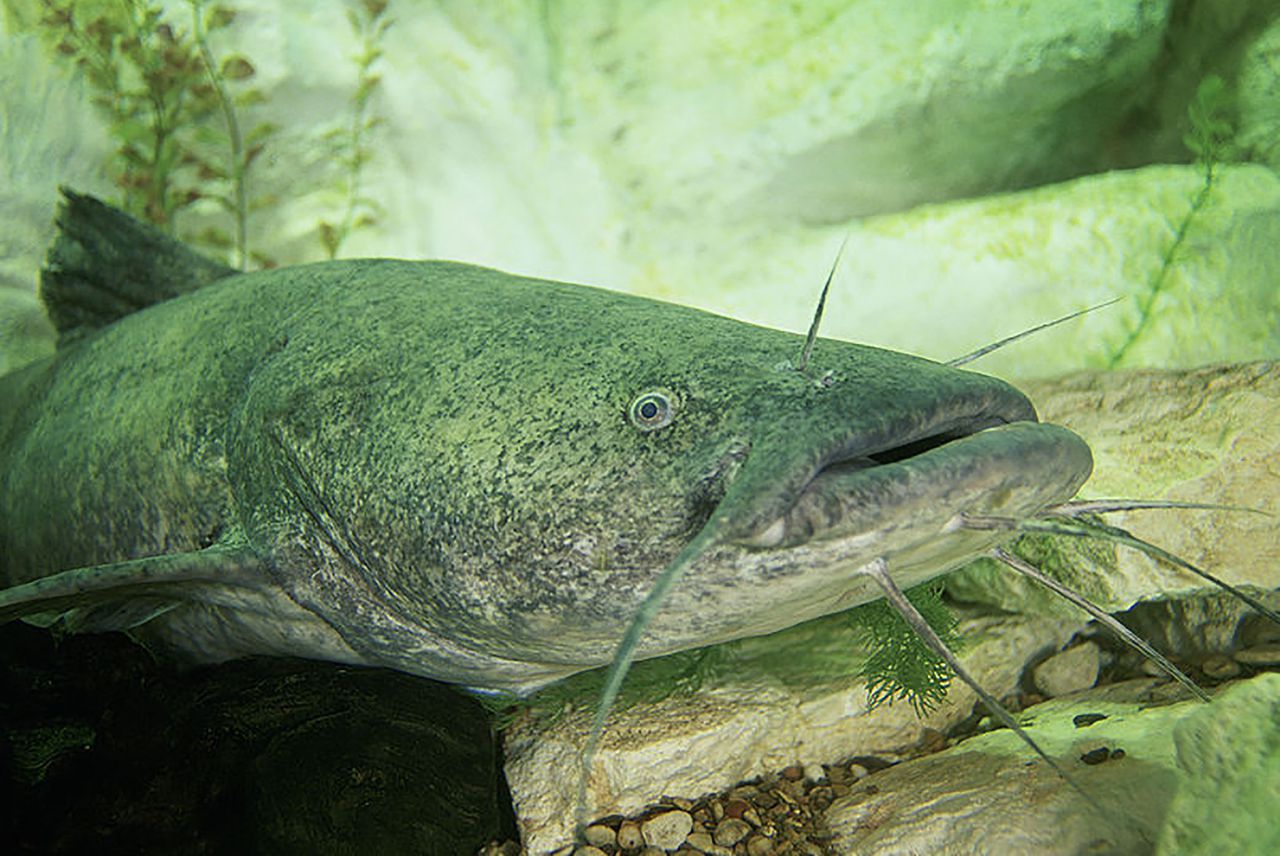Auburn University researchers combining alligator, catfish DNA: ‘Who would have thought to do this?’
It sounds like the start of a Southern gothic horror thriller.
Auburn University scientists have been putting alligator DNA in catfish. It’s delicious, but with less chance for infection. Don’t worry, it won’t bite back.
MIT Technology Review recently highlighted the work of Rex Dunham, Baofeng Su and their colleagues at Auburn University, who have used genetic modification to reduce problems of disease in catfish farming.
The alligator gene, which Dunham’s research turned up as a potential answer, codes for a protein called cathelicidin. The antimicrobial protein is believed to help alligators avoid infection from wounds sustained when alligators fight and bite each other.
Dunham proposed artificially inserting that gene into catfish genomes to make them more resistant to infections. The scientists also worked to ensure the transgenic fish couldn’t reproduce and cause unintended harm by overtaking natives species in the wild if they were to escape the farms.
Dunham, Su and colleagues used the gene-editing tool CRISPR to insert the alligator gene for cathelicidin into the part of the genome that codes for an important reproductive hormone. Without the hormone, fish are unable to spawn.
Their testing showed the genetically altered fish seem more resistant to infection.
They put two different types of disease-causing bacteria in water tanks and found that gene-edited fish were much more likely to survive than fish that did not have gene editing.
“The survival rate of the cathelicidin transgenic fish was between two- and five-fold higher,” Dunham said.
The transgenic fish are also sterile and can’t reproduce unless they are injected with reproductive hormones, the researchers said in their scientific paper published online at bioRxiv.
“This is a breakthrough in aquaculture genetics to confine fish reproduction and prevent the establishment of transgenic or domestic genotypes in the natural environment,” they wrote.
The paper has not yet been peer-reviewed.
The Auburn scientists are hoping to get their transgenic catfish approved to be sold and eaten. That may take awhile.
Experts in the field are wary.
“I thought: what on earth? Who would have thought to do this? And why would they?” Greg Lutz of Louisiana State University, who has been researching the role of genetics in aquaculture for decades, told MIT Technology.
Lutz said the research is promising in potentially reducing the waste generated by fish farms, which has been a goal of gene editing in farmed animals.
Farming more disease-resistant fish would require fewer resources and produce less waste, he said.
He’s skeptical that it represents the future of aquaculture. The gene-editing procedure used by the team would probably need to be done for each round of fish spawning for the hybrid catfish commonly used in fish farming. “It’s just too difficult to produce enough of these fish to get a viable, genetically healthy line going,” Lutz said.
Previously, only one other type of genetically engineered fish has received approval in the US. In 2021, AquAdvantage salmon entered the US market 26 years after AquaBounty first applied for approval from the Food and Drug Administration. The company sells salmon that have an extra gene taken from the genome of another type of salmon to make them grow bigger.
Will people even eat catfish injected with alligator DNA? “I’m sure you’ll have people that fully expect that catfish to have a big, long mouth with pointy teeth to bite them,” Lutz said.
Once the fish are cooked, the protein made by the alligator gene will lose its biological activity, so it is unlikely to have any consequences for the person eating the fish, said Su. Besides, people already eat alligator meat, he said. “I would eat it in a heartbeat,” Dunham said.
Catfish farming is big business in the South, where catfish farms produce millions of pounds of fish for the market.
Catfish farming makes up about 60 to 70 percent of all U.S. aquaculture.
See also: Gambling was Greene County’s biggest employer; now it’s catfish
